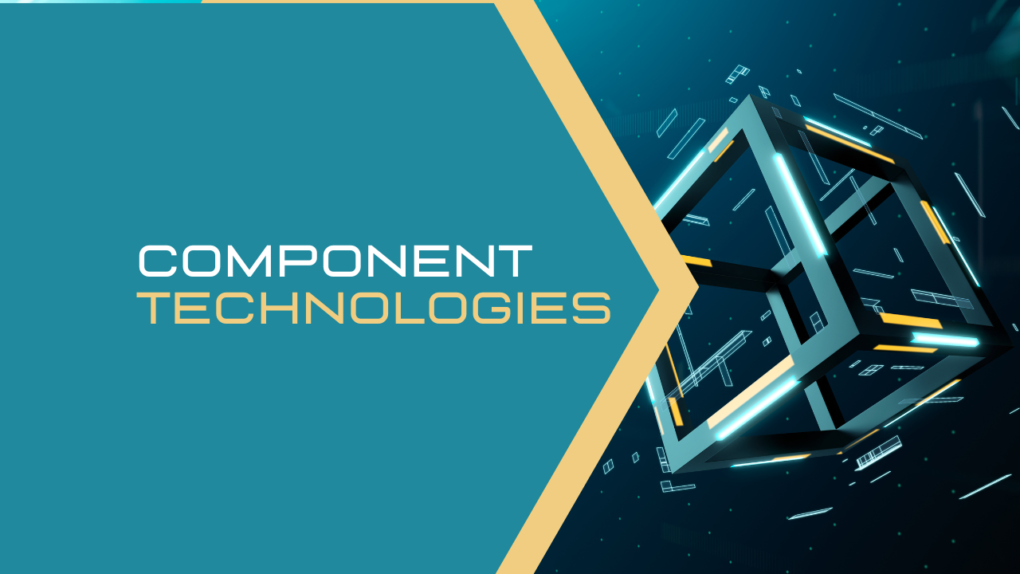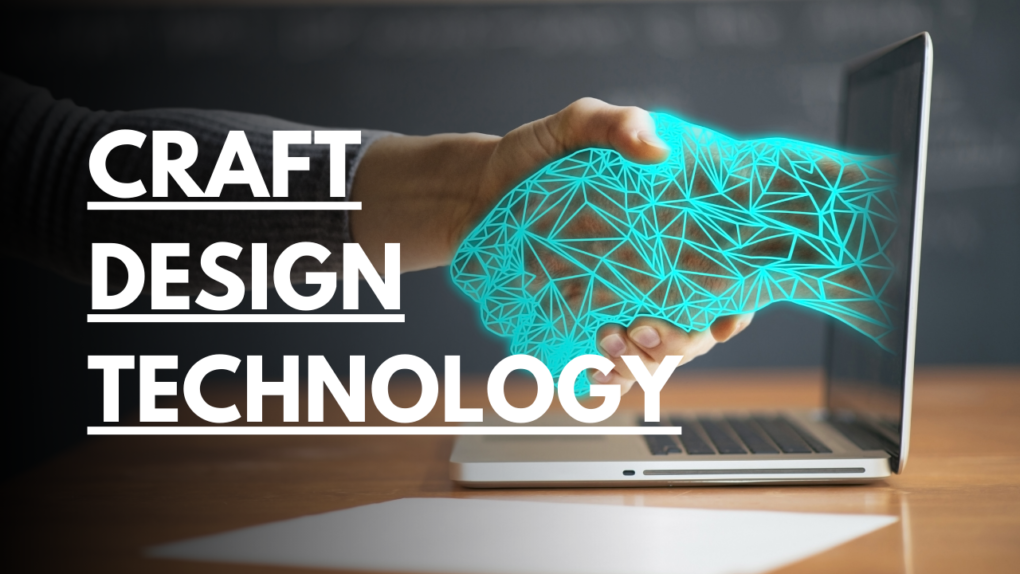In today’s rapidly evolving technological landscape, component technologies play a pivotal role in driving innovation across various industries. From consumer electronics to the automotive and healthcare sectors, these technologies form the building blocks that power our future. In this article, we will explore the importance of component technologies and how they contribute to advancements and innovation.
Introduction
Innovation has become a key driving force in today’s competitive world. Companies and researchers constantly seek new ways to enhance products and services, and component technologies are at the heart of these advancements. These technologies encompass a wide range of electronic, mechanical, and software components that enable the creation of cutting-edge solutions.
Importance of component technologies in driving innovation
Definition
Component technologies refer to the fundamental elements that form the basis of various devices and systems. These components can include microprocessors, sensors, displays, memory modules, batteries, and much more. Each component plays a specific role in the overall functionality of a device.
Role in various industries
Component technologies are indispensable in several industries, such as consumer electronics, automotive, aerospace, healthcare, and telecommunications. In consumer electronics, for example, these technologies enable the creation of smartphones, tablets, and wearable devices with advanced features and capabilities.
Examples
Some notable examples of component technologies include semiconductor chips, which are essential for processing and memory functions in electronic devices. Additionally, sensors like accelerometers, gyroscopes, and proximity sensors provide crucial data for various applications, including augmented reality and autonomous vehicles.
Advancements in component technologies
Miniaturization and increased efficiency
One of the significant advancements in component technologies is the continuous miniaturization of devices. Over the years, components have become smaller, allowing for sleeker and more portable designs. This miniaturization has also led to improved energy efficiency, enabling devices to operate for longer periods without frequent recharging.
Integration and Connectivity
Another area of advancement is the integration and connectivity of components. Modern devices often contain multiple components that seamlessly work together, enabling enhanced functionality. For example, a smartphone integrates various components like a camera, processor, display, and connectivity modules to provide a comprehensive user experience.
Energy-efficient solutions
Component technologies have made significant strides in energy efficiency, leading to the development of eco-friendly solutions. Energy-efficient components help reduce power consumption and contribute to sustainability efforts. These advancements have a positive impact on both the environment and the user’s utility bills.
Impact on Innovation and prospects

Faster and more powerful devices
Component technologies are the driving force behind faster and more powerful devices. Advancements in processors, memory, and storage components have enabled devices to process and store larger amounts of data at lightning-fast speeds. This, in turn, has opened up new possibilities for applications such as artificial intelligence, virtual reality, and big data analytics.
Improved functionality and user experience
As these technologies advance, devices become more functional and user-friendly. Improved sensors and displays provide more accurate data and vibrant visuals, enhancing the overall user experience. Additionally, advancements in battery technologies enable longer usage times, reducing the inconvenience of frequent charging.
Emerging Technologies and Applications
These technologies are the catalysts for emerging technologies and applications. As new components are developed, they unlock possibilities for entirely new industries and innovations. For instance, advancements in battery technologies have spurred the growth of electric vehicles and renewable energy storage systems.
Challenges and considerations
While these technologies offer immense benefits, several challenges and considerations need to be addressed for their successful integration.
Cost and Accessibility
Cutting-edge component technologies can be expensive, posing challenges for widespread adoption, particularly in developing regions. Addressing cost barriers and ensuring accessibility to these technologies is crucial for driving innovation across all socioeconomic strata.
Ethical and environmental implications
The production and disposal of component technologies raise ethical and environmental concerns. Manufacturing processes must be sustainable, and e-waste management should be prioritized to minimize the negative impact on the environment and human health.
Security and privacy concerns
As devices become more connected and dependent on these technologies, security, and privacy concerns become paramount. Ensuring robust cybersecurity measures and protecting user data should be integral considerations in the development and implementation of component technologies.
Conclusion
Component technologies are the backbone of innovation, shaping the future of various industries. These technologies drive progress from smaller, more efficient devices to improved functionality and emerging applications. However, challenges such as cost, ethics, and security need to be addressed to ensure responsible and sustainable innovation.
Read also : Luna Crypto: A Game-Changing Investment Opportunity You Can’t Miss




